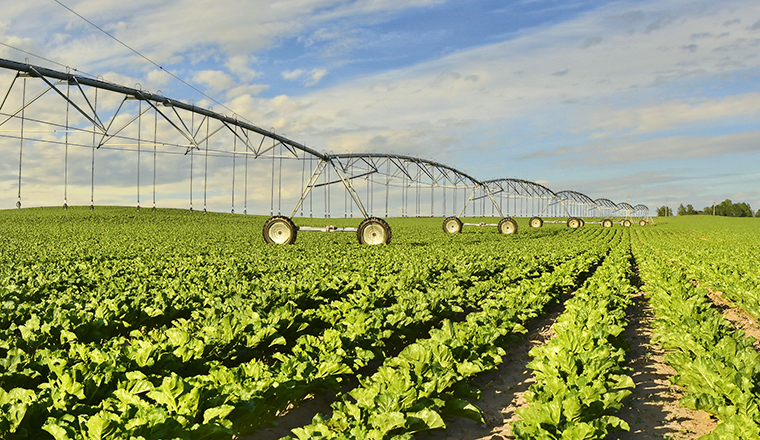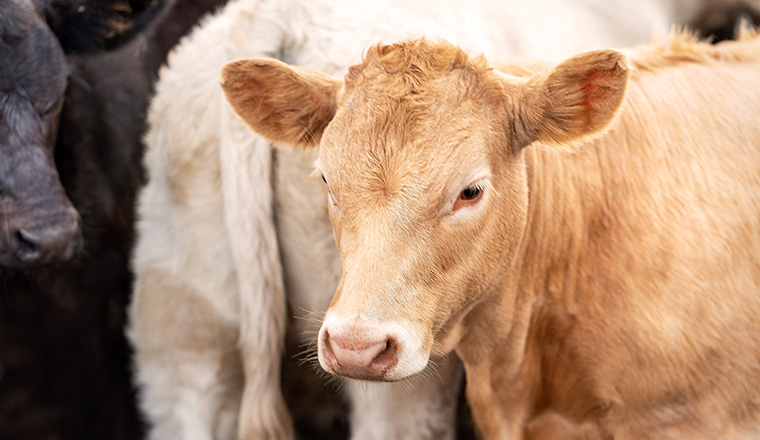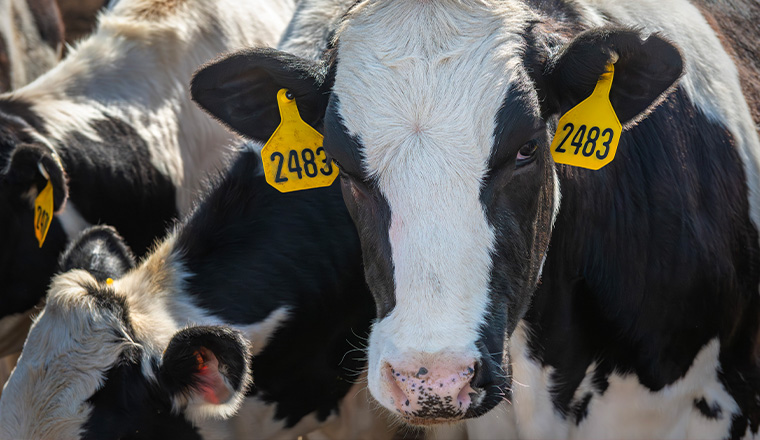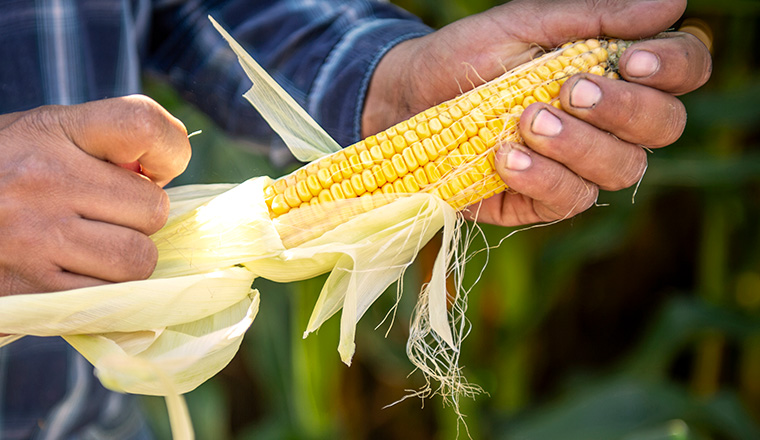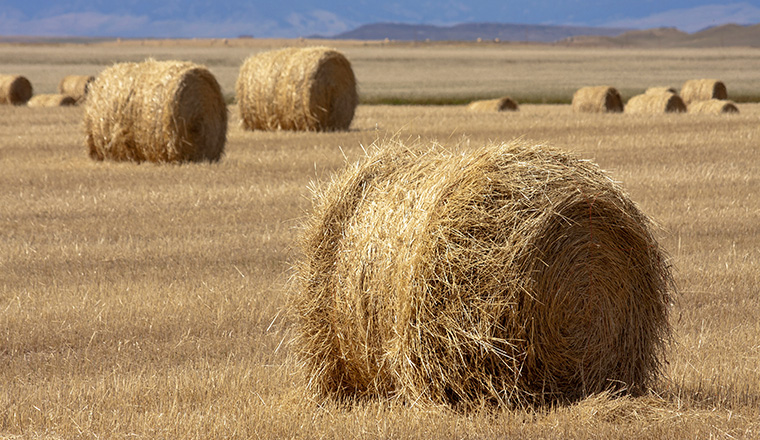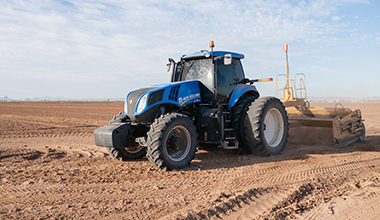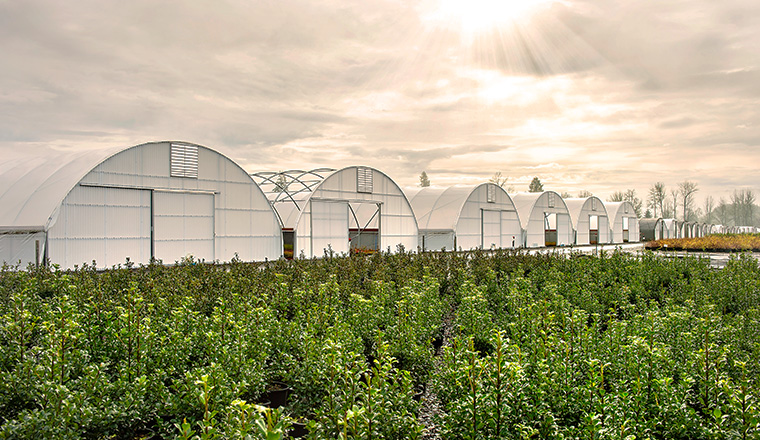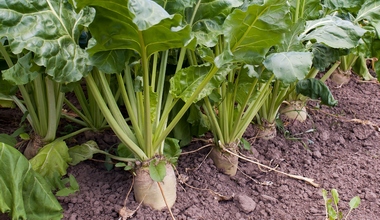Industry Insights

Industry Insights
Is it a Repeat of the Late 1970s?
At almost every conference I attend, a handful of these individuals that started their professional journey in my tenure say their final goodbyes as they embark on another chapter of life. On their way out, they will often mention that the current times remind them of the beginning of their careers in the late 1970s.
It is déjà vu all over again decades later. In the late 1970s, inflation was running rampant at 12% to 15%. Farmland was being purchased as an inflation hedge, similar to today. Farm input costs were skyrocketing due to high energy costs. Too much money was being printed by the Federal Reserve, which meant too much money chasing too few goods. Global markets were hot with the expectation of feeding a growing world population and that trade was going to provide sustainable, higher prices. Total farm debt in the 1970s tripled in a matter of a decade as producers used financing to grow their operations and purchase farm and ranch land. Does this sound similar to the current economic environment?
Lessons learned
Of course, those years were followed by the 1980s farm crisis. The collapse of international markets, the rapid rise of interest rates on borrowed money, and government constraints of debt through regulators was the cocktail for the agriculture financial crisis. Two deep recessions as a result of high energy prices, high unemployment and interest rate increases created an environment similar to the Great Depression, particularly in the farm and rural sectors.
It is impossible to know the future, but as the senior generation bows out, let’s draw on some of the wisdom of those that made it through the 1970s. What were some of the common denominators for success?
- Producers did not become too financially leveraged and if they did become financially leveraged, they had a backup of financial working capital and liquidity.
- Some producers actually scaled back their operation’s size to become more efficient. This allowed them to focus on their margins to be more profitable.
- Others resorted to off-farm revenue to support their cash flow.
- Many producers cut back on family living costs and trimmed unproductive or underutilized assets.
- Many producers took on the challenge to increase their financial and business management skill sets.
One-third of the farmers and ranchers failed to bridge those decades and stay in business. In the decade of the 2020s, both challenges and opportunities will arise. Drawing on some of the wisdom and principles from the past can help provide perspective for the future.

